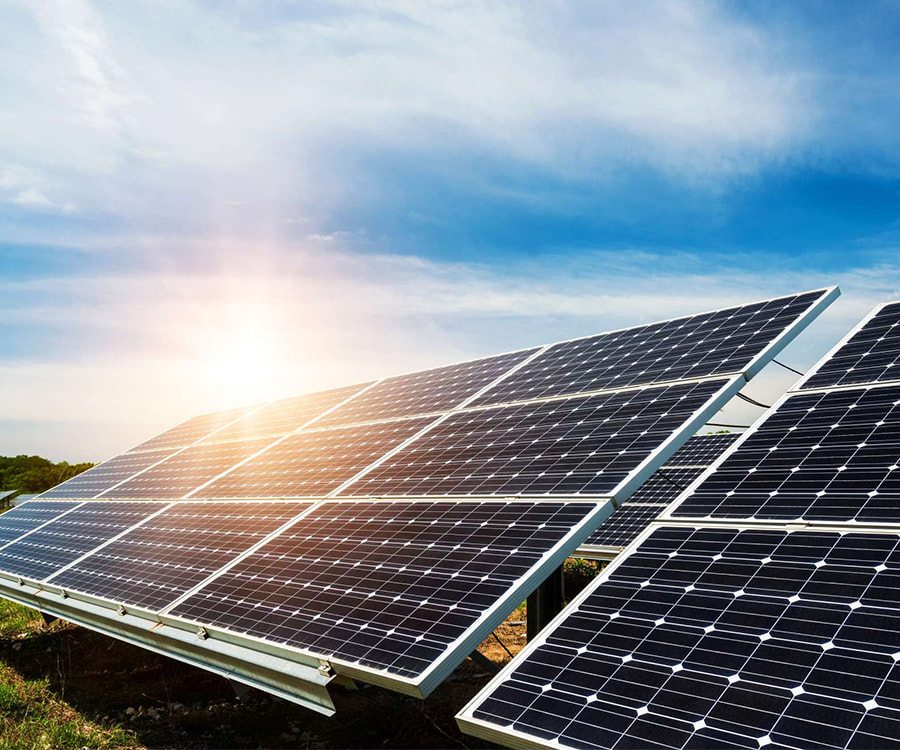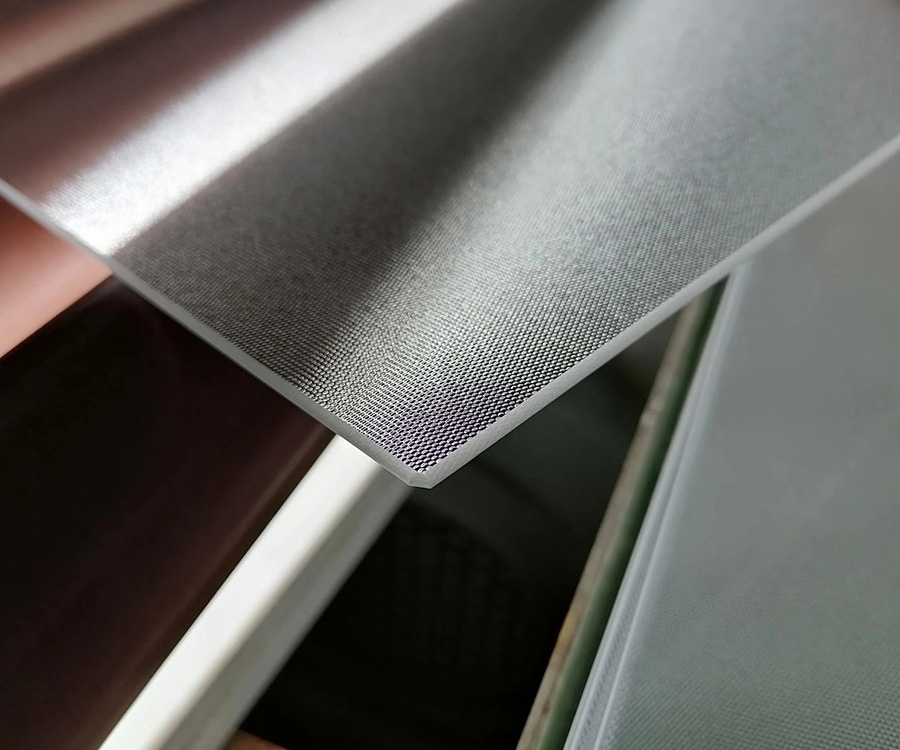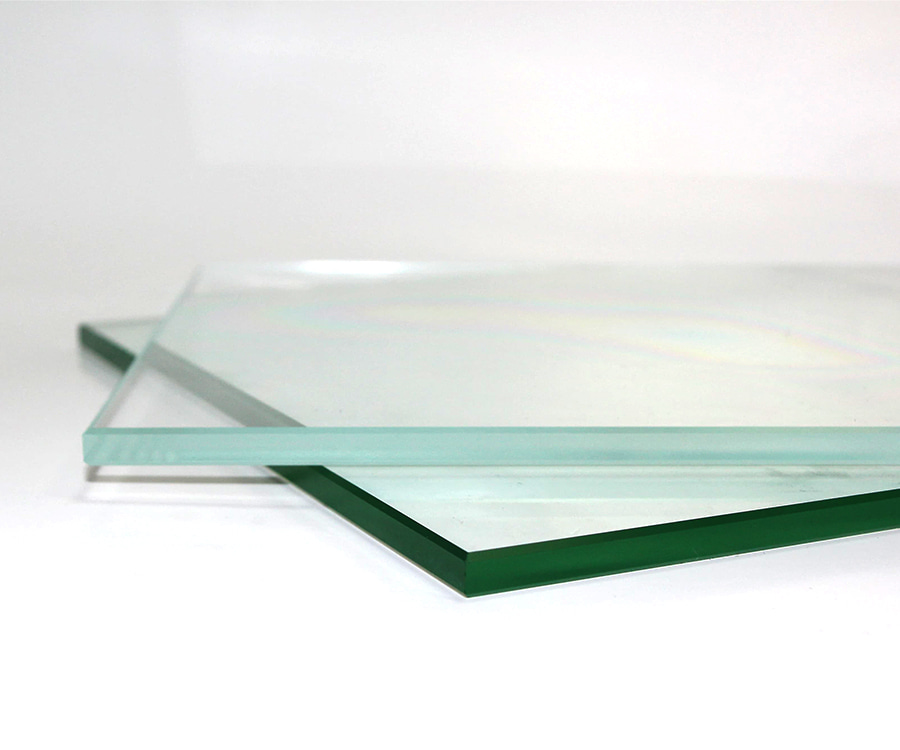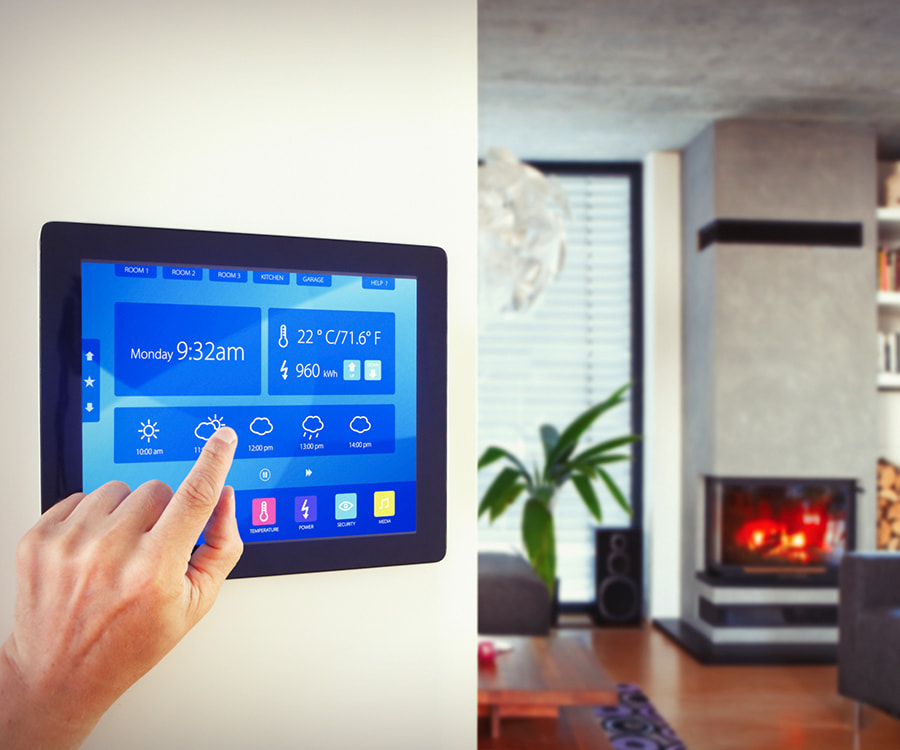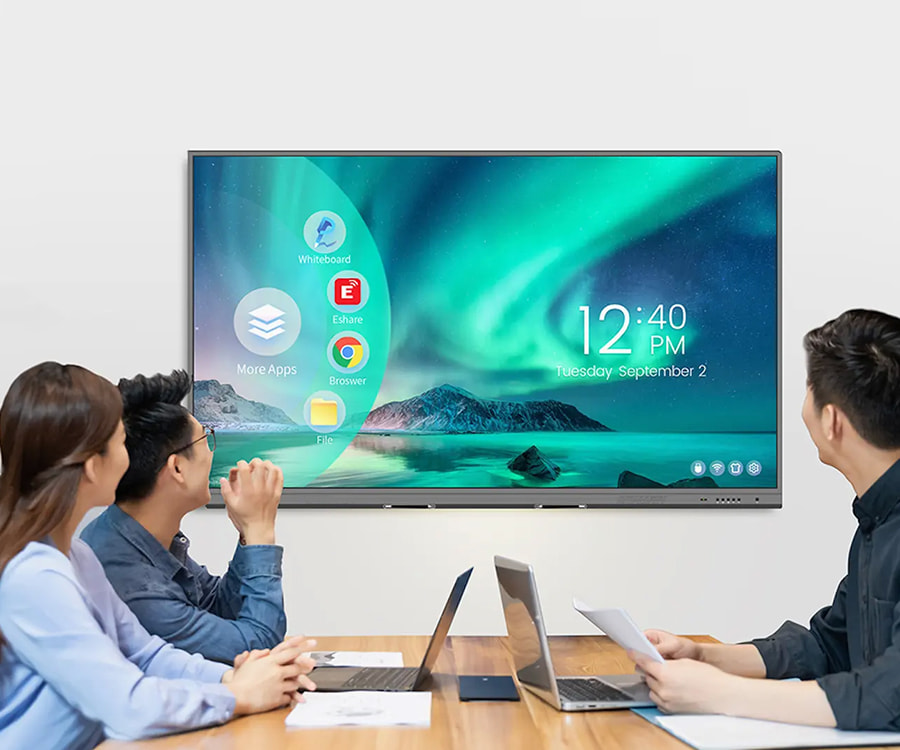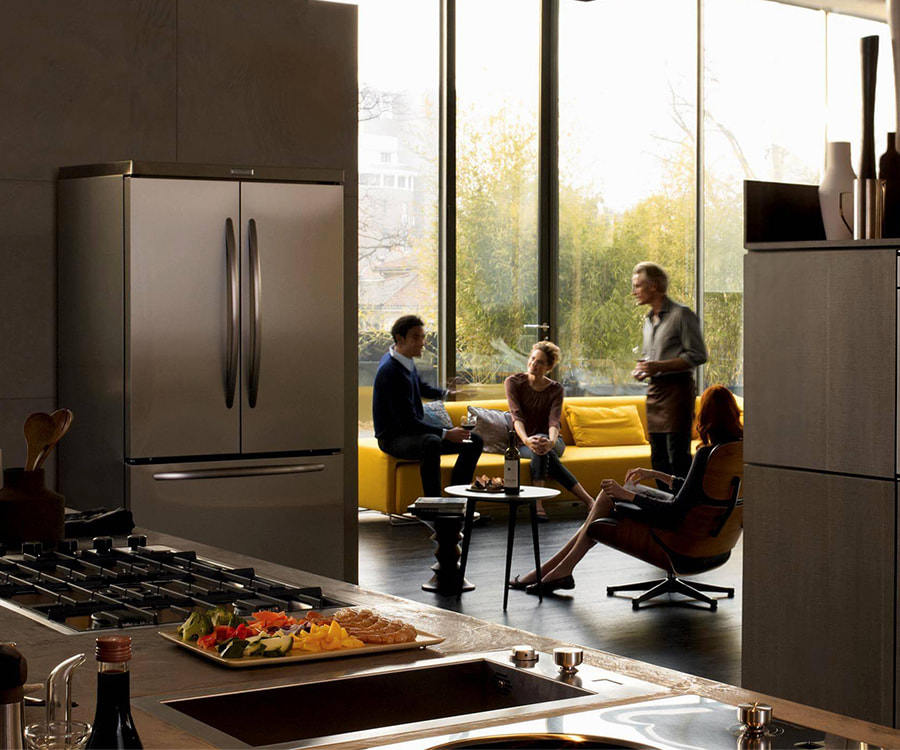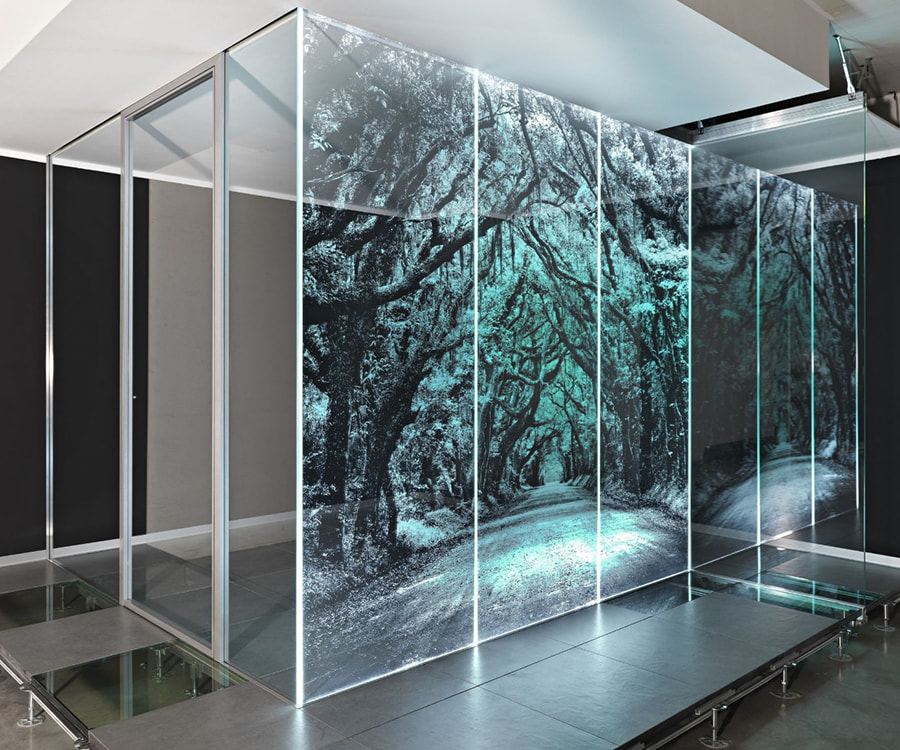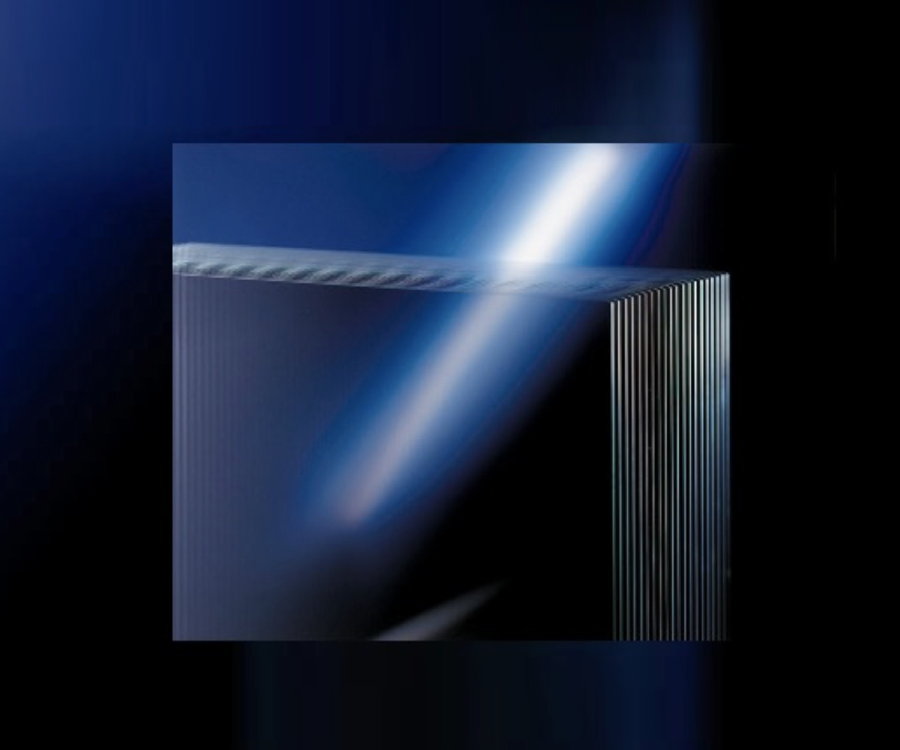As the demand for renewable energy continues to rise, the integration of solar power into existing infrastructures faces numerous challenges. One promising solution to overcome these obstacles is the application of AR (Anti-Reflective) solar coating glass. But how exactly can this innovative technology contribute to the seamless integration of solar energy systems?
At its core, AR solar coating glass is designed to minimize reflection and maximize light transmission, thereby enhancing the efficiency of solar panels. By reducing reflection losses, AR coatings allow solar panels to capture more sunlight, thereby increasing their energy output. This improved efficiency is particularly beneficial in areas with less-than-ideal sunlight conditions, such as regions prone to cloud cover or shading.
Moreover, AR solar coating glass can help address the challenge of limited space for solar installations. In urban environments where available rooftop or ground space is at a premium, maximizing the energy yield from existing solar panels becomes critical. By boosting the efficiency of each panel through AR coatings, solar installations can generate more power within the same footprint, making them more cost-effective and space-efficient.
Another significant challenge in solar energy integration is the impact of environmental factors such as dust, dirt, and moisture on panel performance. Over time, these contaminants can accumulate on the surface of solar panels, reducing their efficiency and output. AR solar coating glass, with its hydrophobic and self-cleaning properties, helps mitigate this issue by repelling water and preventing the buildup of dirt and debris. This not only maintains panel performance but also reduces maintenance requirements and extends the lifespan of solar installations.
Furthermore, AR solar coating glass can play a crucial role in enhancing the aesthetic appeal of solar panels, especially in architectural and residential applications. By minimizing reflection and glare, AR coatings create a sleek and uniform appearance that seamlessly integrates into the surrounding environment. This aesthetic improvement can help alleviate concerns about the visual impact of solar installations, making them more socially acceptable and widely adopted.


